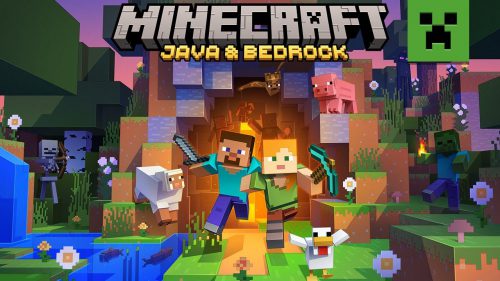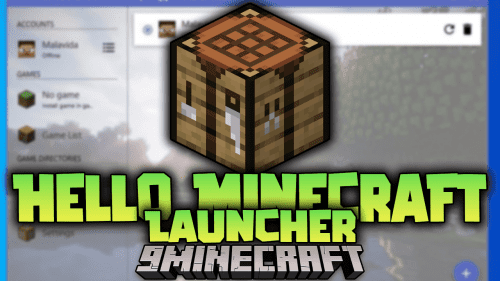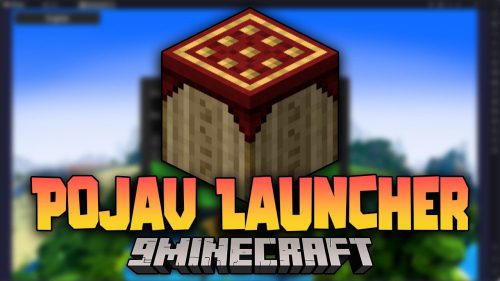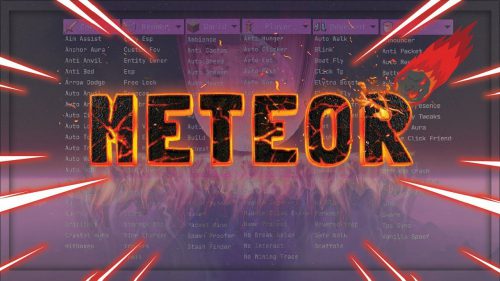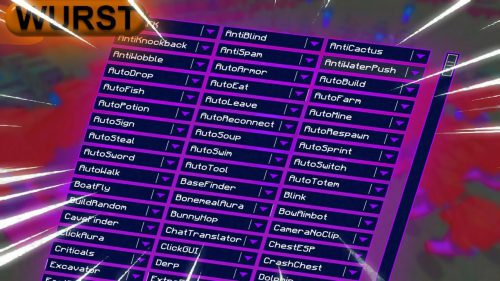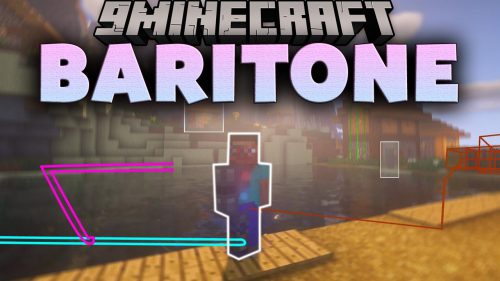20+ Automatic Farms That Every Good Home Needs – #Part 1
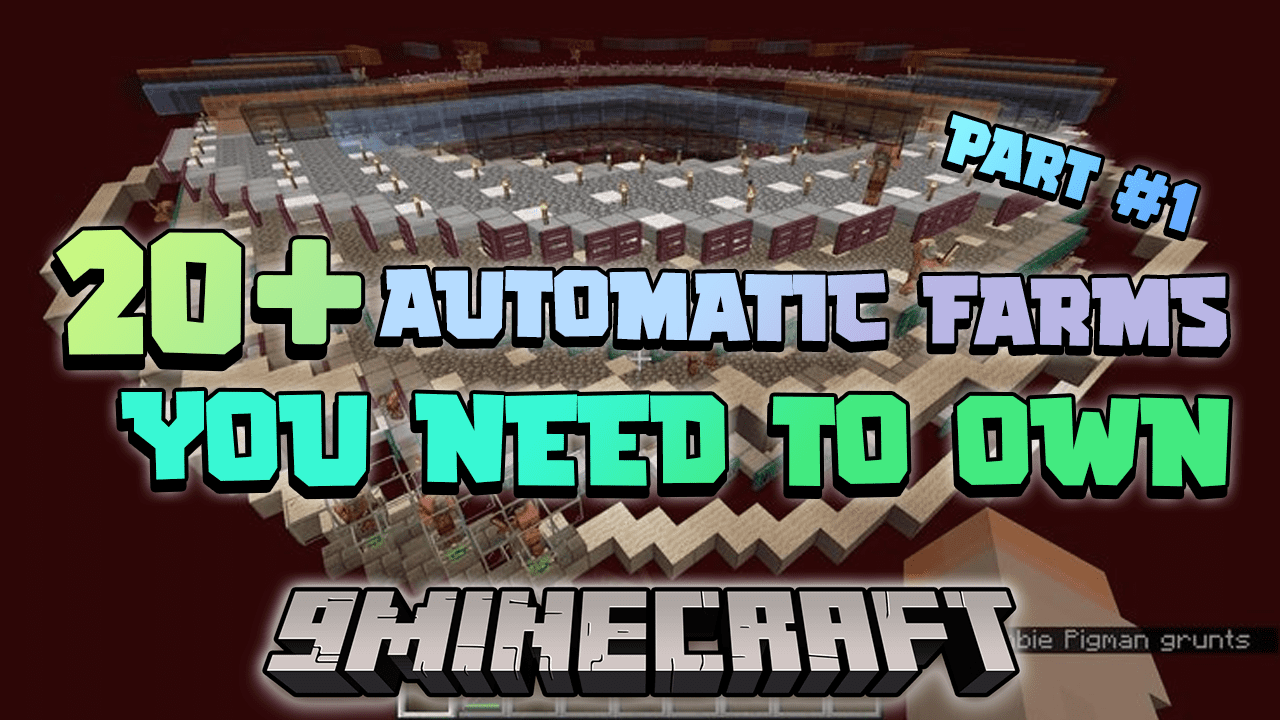
In the world of Minecraft, the mark of a perfectly situated home often involves the incorporation of automatic farms. These ingenious creations stand out as some of the best innovations the game has to offer.
Minecraft, a game that has left an indelible mark on the gaming landscape of the 2010s, places a strong emphasis on player creativity in both construction and exploration, whether it’s on the surface or deep underground. However, every survival world comes with the inevitable grind of resource gathering and farming.
Wouldn’t it be a relief if you could wake up each morning to find chests overflowing with food and items, without the need for manual crop harvesting or hunting for drops from enemies? The good news is that you can achieve this level of convenience, and it’s far simpler than you might imagine. This compilation will introduce you to essential automatic farms in Minecraft, effectively lightening the burden of the grind and allowing you to focus on the aspects of the game you truly enjoy.
You can see all part here:
- 20+ Automatic Farms That Every Good Home Needs – #Part 1
- 20+ Automatic Farms That Every Good Home Needs – #Part 2
1. Gold Farm

Since the introduction of the 1.16 update in Minecraft, one of the standout additions has been the gold farm. These farms are typically massive constructions, often considered an endgame endeavor. However, it’s entirely possible to create smaller and less intense versions of them, offering a more accessible way to tap into their benefits.
The most ideal approach to building a gold farm involves gaining access to the Nether roof, an area that can be glitched into using an Ender Pearl. Once you’ve secured your spot on the Nether roof, the heart of the gold farm is typically a turtle egg strategically placed to attract Zombie Pigmen. These hostile mobs are drawn toward the egg and then dispatched, yielding valuable gold drops. Thanks to the integration of hoppers and chests, the entire process becomes automated, allowing you to accumulate this relatively rare ore quickly and efficiently.
In the world of Minecraft, gold farms stand out as a strategic and rewarding venture, enabling players to amass substantial quantities of gold while minimizing the effort required.
2. Froglight Farm
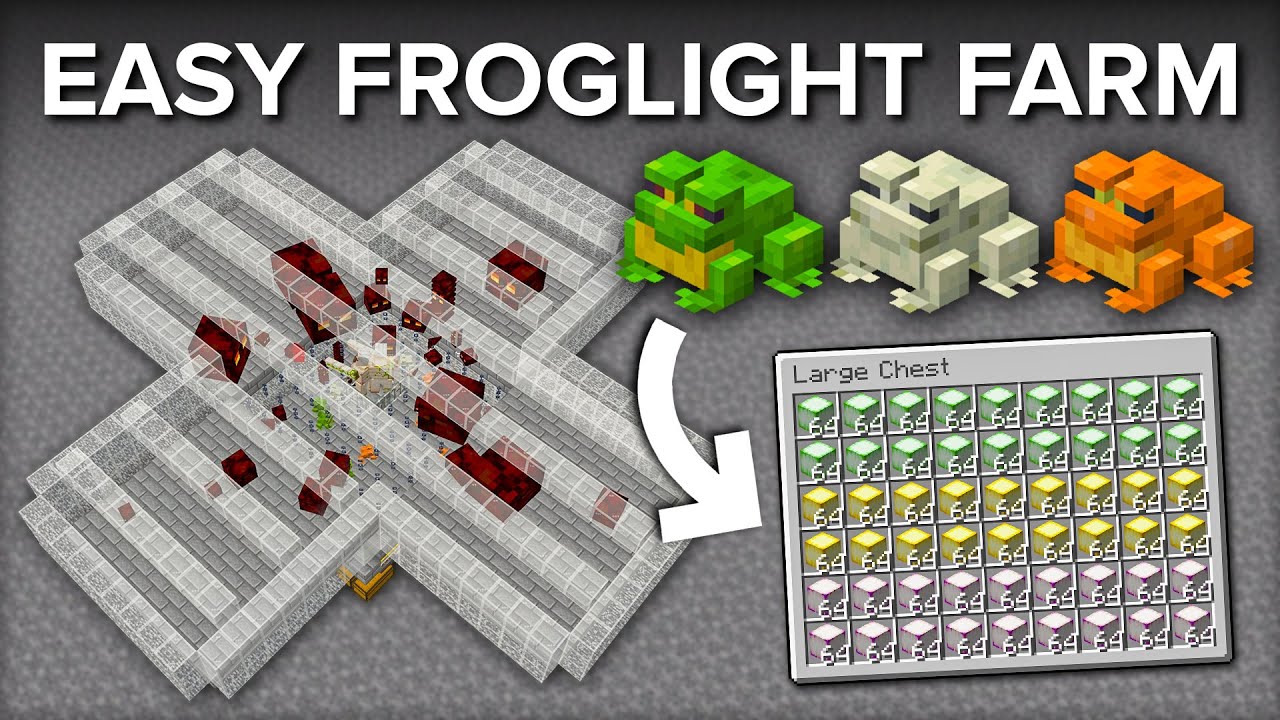
While Frog Lights may not be an essential component of your Minecraft playthrough, they undoubtedly rank among the most enjoyable sources of illumination. Their whimsical appearance and the delightful sound they emit when broken add a touch of fun to the game. Additionally, they are incredibly easy to produce in large quantities, making them perfect for creating a captivating atmosphere in your grand builds.
To acquire all three colors of Frog Lights, you’ll need to obtain all three varieties of Frogs, each of which requires hatching in a distinct temperature biome. To set up this farm effectively, you’ll want to establish it in the Nether, as this is the exclusive realm where Magma Cubes spawn, particularly in the Basalt Deltas biome. By combining these unique components, you can craft a delightful and visually appealing lighting solution that enhances the aesthetics of your Minecraft creations.
3. Wither Rose Farm
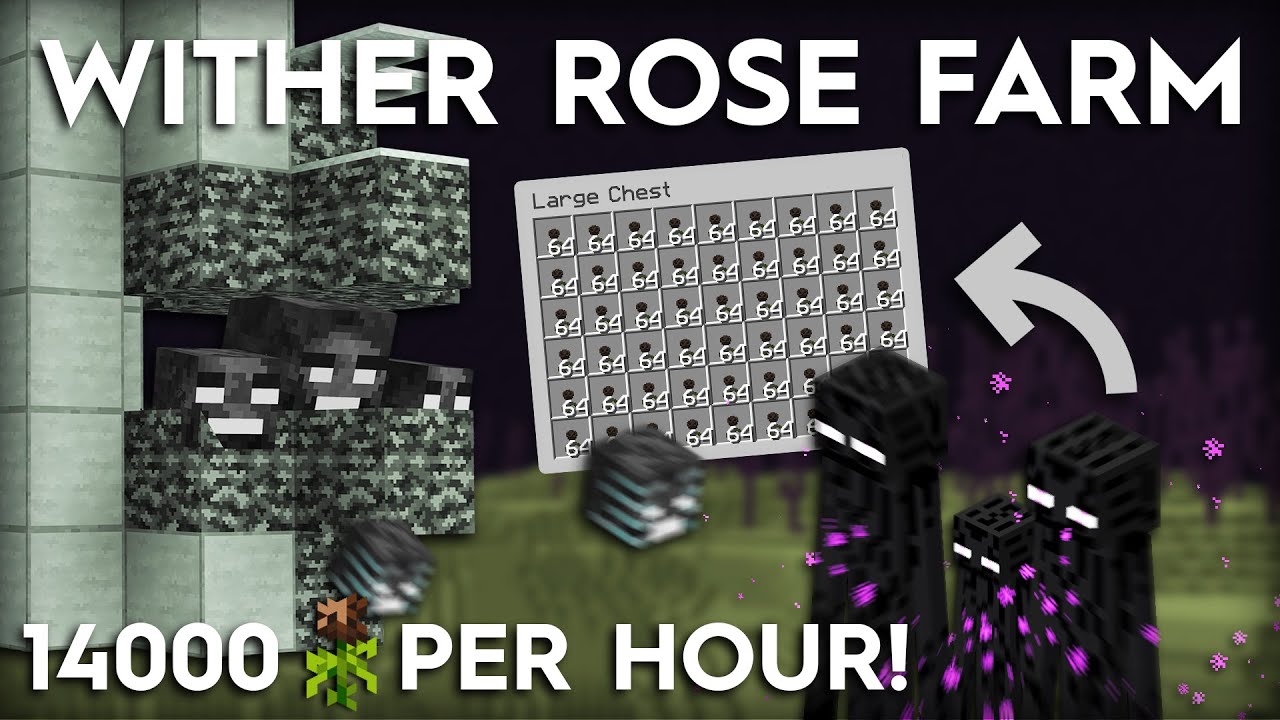
Creating a Wither Rose farm is an essential step if you’re planning to construct automatic killing farms, especially for larger mobs that drop valuable loot. Wither Roses, with their unique property of inflicting the Wither affliction upon any mob that touches them, are incredibly potent in confined spaces.
For optimal efficiency, you can strategically place Wither Roses within funnels where large groups of enemies are channeled, effectively decimating them. This farm, however, should be established in the End, specifically beneath the Ender Dragon’s nest, due to the presence of Bedrock blocks. These Bedrock blocks help immobilize the Wither, which is necessary for spawning Wither Roses. It’s important to note that a significant number of Snow Golems will meet their end in the process, but their sacrifice contributes to the success of the farm and the accumulation of Wither Roses for your future endeavors.
4. Netherwart Farm
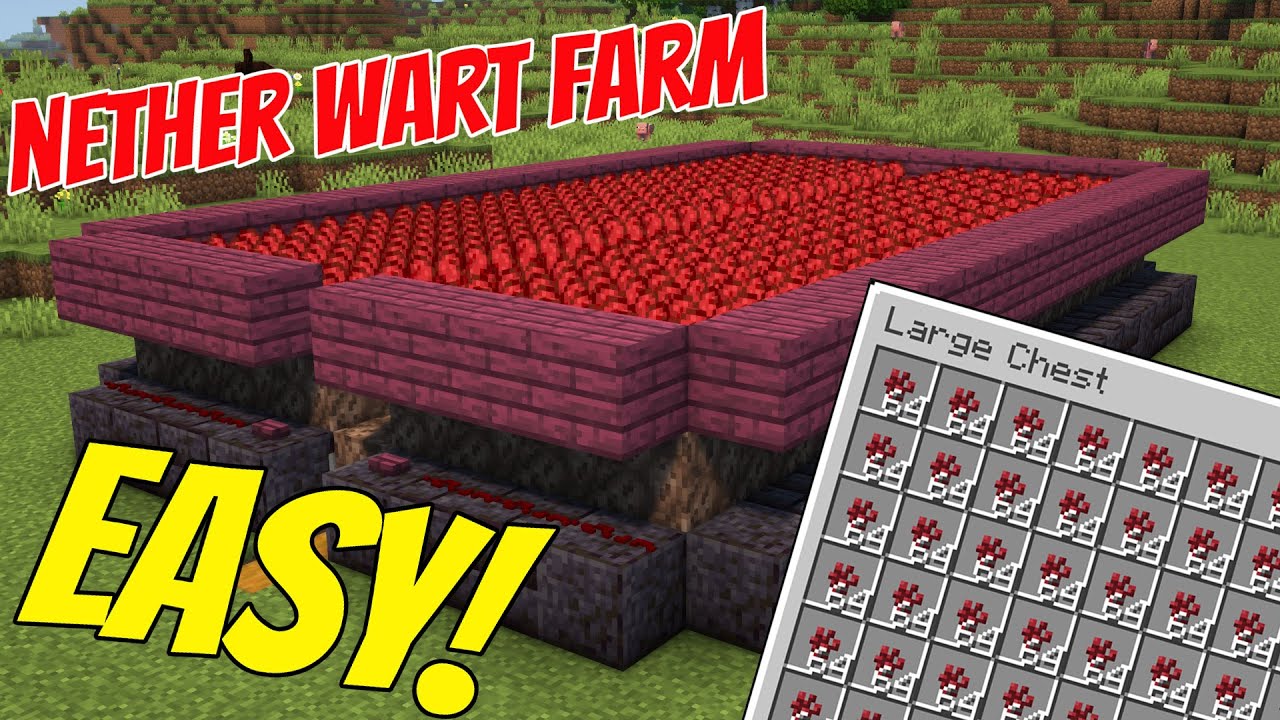
Potions are undeniably valuable tools throughout your entire Minecraft journey. They offer versatile benefits such as Night Vision for exploring vast caverns, Slow Falling in the End, or even saving your valuable loot when you accidentally plunge into lava in the Nether. Most of these potions rely on a crucial ingredient: Netherwart.
While a single Netherwart can produce three potions, if you intend to automate this process, you’ll find yourself needing a substantial quantity of Netherwart. It’s worth noting that while this farm can automate the potion brewing process, the planting of Netherwart remains a manual task. You’ll still need to place them on Soul Sand to kickstart the growth, but once established, your Netherwart farm can become a crucial resource for crafting a wide array of potent potions to aid you in your Minecraft adventures.
5. Sculk Farm
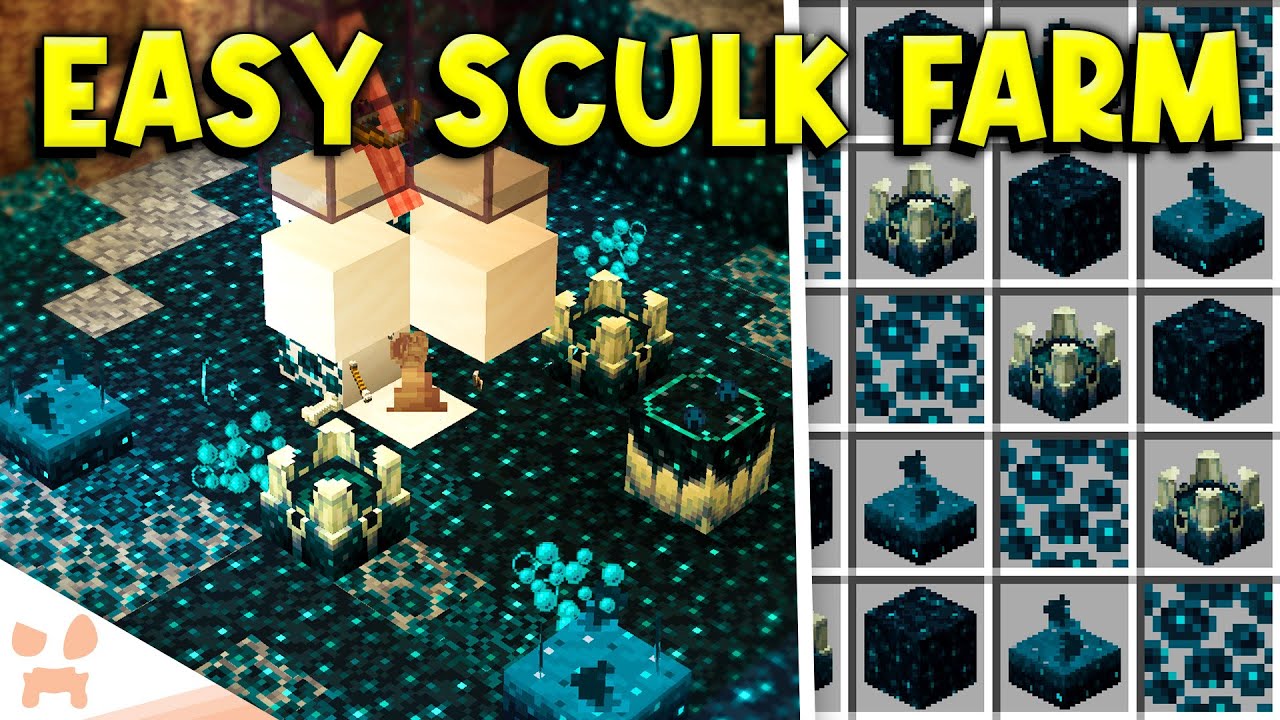
Harnessing the power of Sculk in Minecraft might initially appear daunting, especially when it’s associated with the menacing Warden. However, once you transport it away from the Warden’s territory, Sculk can prove to be a safe and highly rewarding resource, offering a significant amount of experience points.
Breaking any Sculk blocks yields a decent amount of experience, making it a valuable source of XP. Employing a Silk Touch Pickaxe is an effective method for relocating Sculk, and the beauty of Sculk is that it spreads indefinitely whenever something perishes on it.
By integrating this mechanic into a straightforward mob farm, you can rapidly increase your experience point output. This synergistic approach allows you to accumulate experience points efficiently and can be a game-changer in enhancing your character’s abilities and crafting powerful enchantments.
6. Wheat Farm
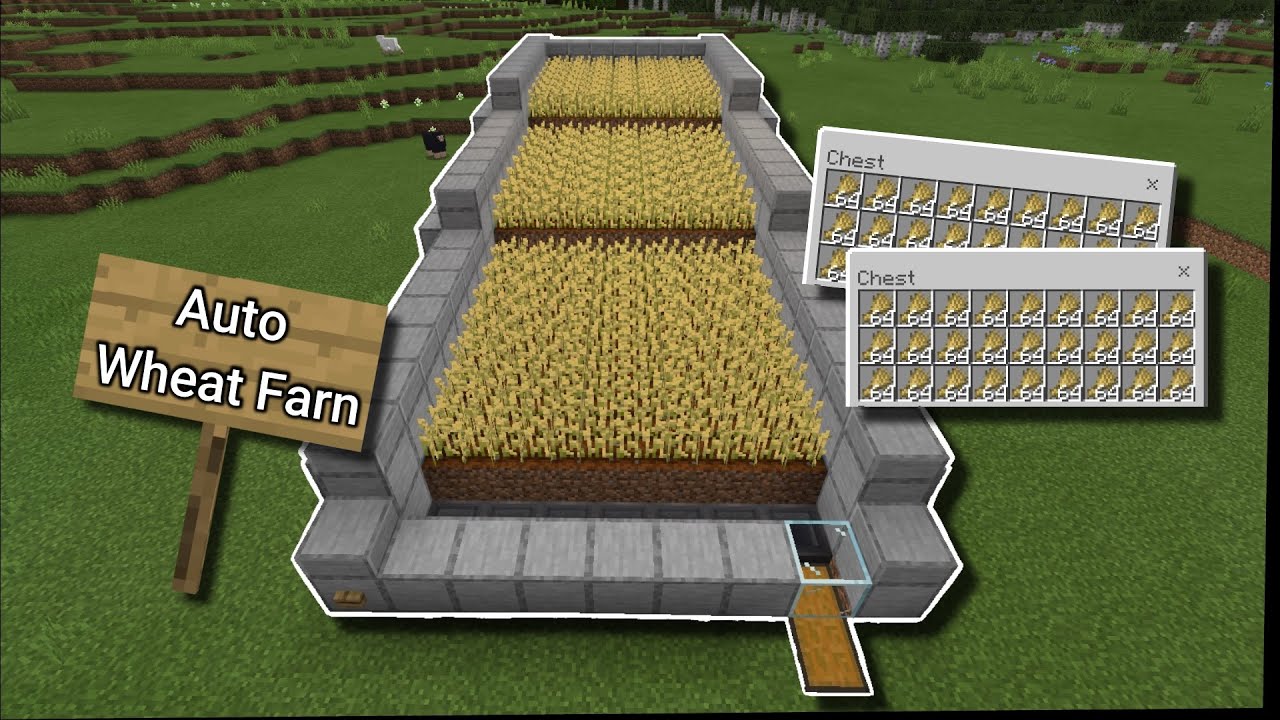
For new players seeking a swift and efficient food source in Minecraft, an automated machine is a game-changer. This ingenious contraption also works for cultivating carrots and potatoes, and while it can be used for beetroot, it requires a bit more bone meal to reach full growth.
This micro-farm operates by utilizing observer blocks and dispensers loaded with bone meal to rapidly nurture a bountiful harvest of crops. These animals are superior farm assets compared to pigs because they provide additional resources in the form of leather and wool.
Leather, in particular, is a valuable commodity that you will require, especially in the early game, as it is crucial for setting up an enchantment system with a full complement of 15 bookshelves surrounding the enchanting table. Therefore, establishing this automated food source not only ensures your sustenance but also lays the foundation for your future enchanting endeavors in the world of Minecraft.
7. Cow Farm
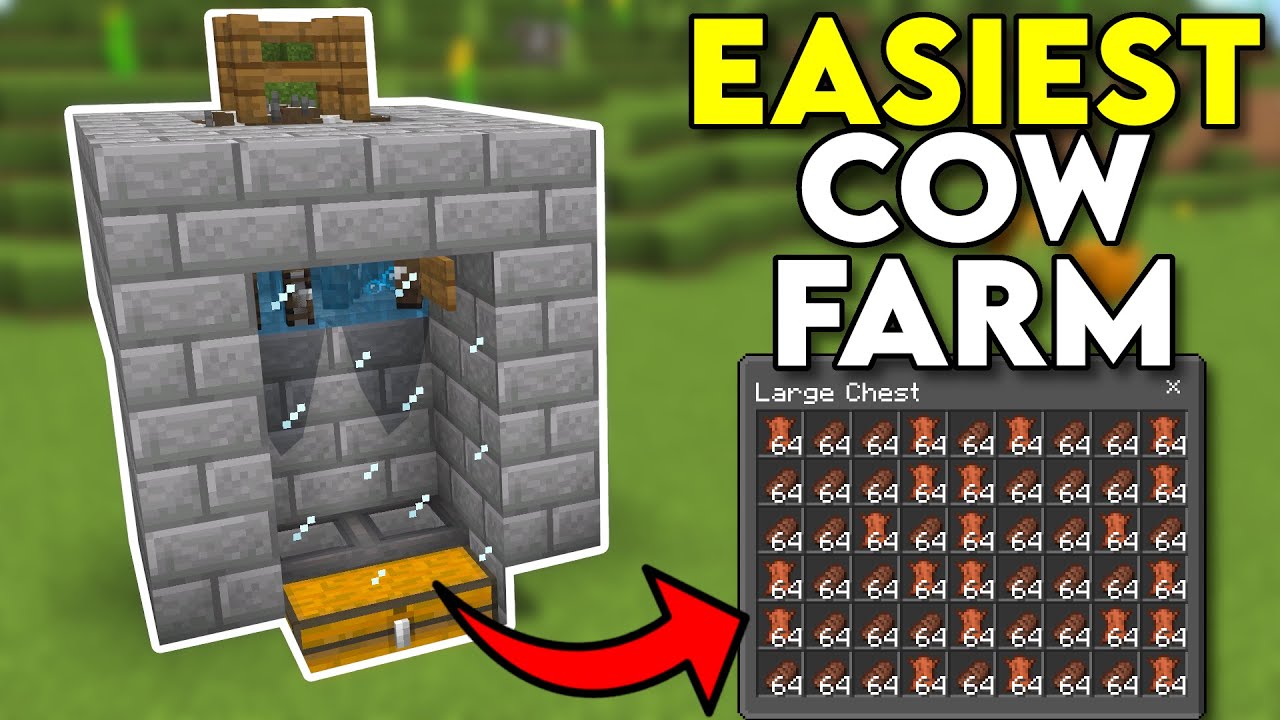
Cows unquestionably reign supreme among the mobs to farm in Minecraft due to their multifaceted utility. These gentle creatures offer an array of valuable resources that make them indispensable in the game. Not only do they provide steak, boasting one of the best hunger saturation values in Minecraft, but they also yield leather, a crucial material for crafting books, armor, and item frames. Additionally, milk from cows serves as a potent remedy for swiftly dispelling adverse status effects.
Constructing an automated cow farm is a relatively straightforward endeavor. It typically requires observer blocks, dispensers, lava, and hoppers, and it’s impressively space-efficient. The setup allows you to efficiently breed cows, and after approximately ten minutes, you can collect their meat by using lava for cooking, ensuring a constant and renewable source of food and resources in your Minecraft world. Cows truly stand as one of the most versatile and valuable creatures in the game.
8. Iron Farm
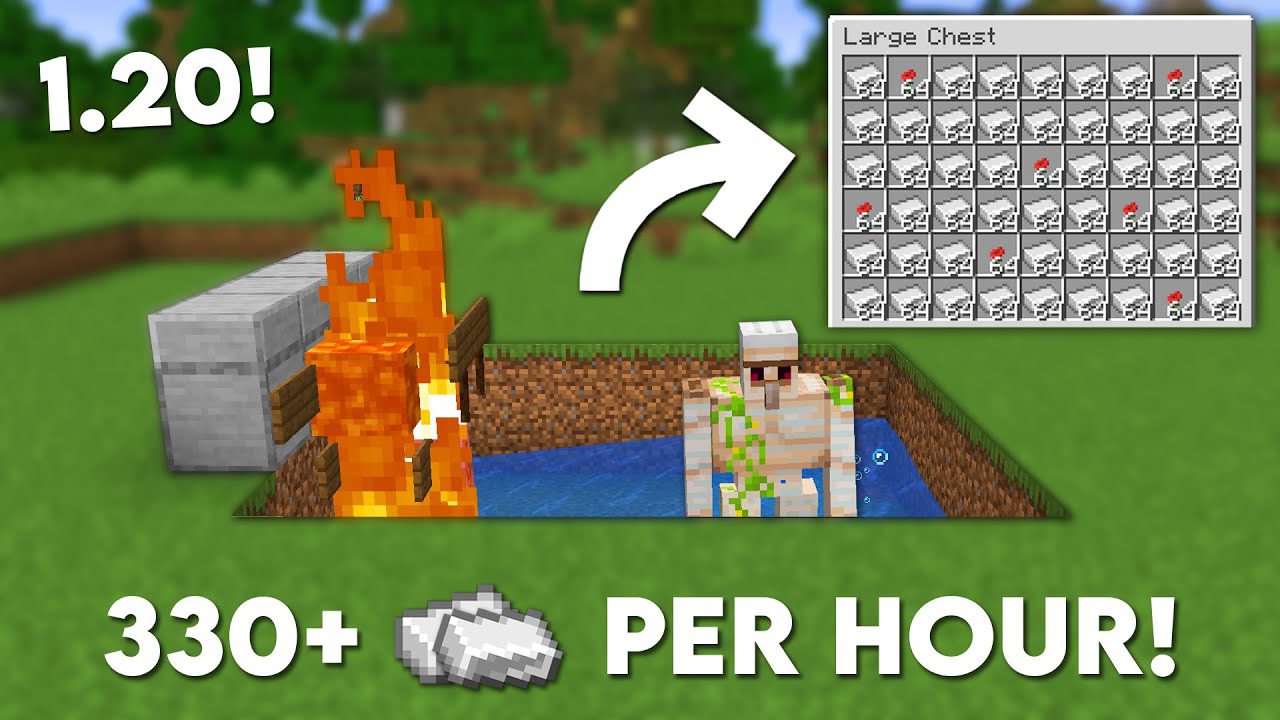
Constructing an iron farm in Minecraft is typically considered a late-game endeavor, becoming more necessary as your need for iron increases after amassing a healthy supply of diamonds. Iron has its own unique challenges, as it can’t be mined with a Fortune Pickaxe like diamonds, making the process of gathering iron from caves feel somewhat laborious. Fortunately, there’s a clever workaround for those who are willing to invest a bit of time in building.
The iron farm relies on villager mechanics to spawn iron golems within a specific proximity. These golems are then guided to a shaft, where they meet their demise in lava, releasing valuable iron that is collected in chests via hoppers. Iron golems become a dependable source of emergency iron, making them especially valuable to speedrunners who aim to complete the game quickly. As such, building an iron farm is a strategic move that can streamline your access to this vital resource in the later stages of your Minecraft adventure.
9. Villager Farm
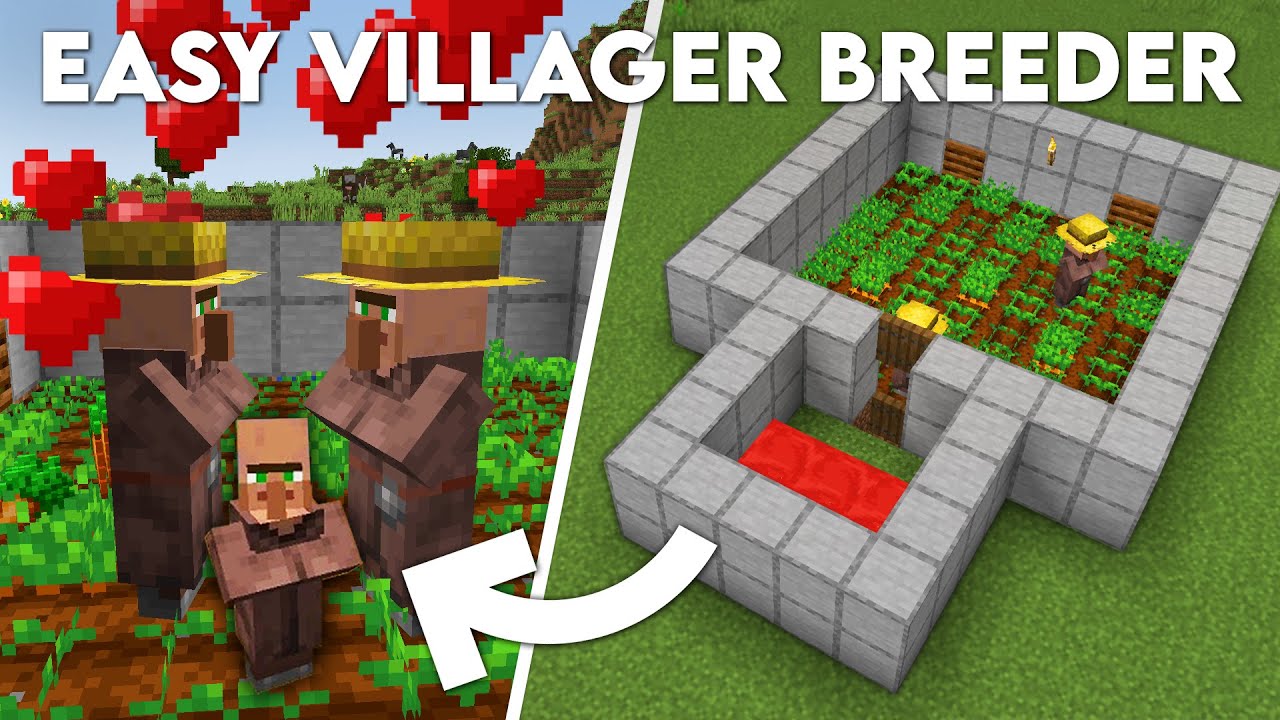
In the wake of the change that removed the ability to obtain enchanted books through AFK fishing, setting up an efficient villager farm in your Minecraft Survival world becomes even more critical for securing coveted Mending books. However, farming villagers for their trades is one of the more complex tasks in the game and is challenging to fully automate. Many designs require some level of player interaction to manage effectively.
The automated aspect of this farm primarily involves the breeding of villagers, which will be your main focus. Beyond that, it’s up to you to manage and utilize your villagers as needed. The farm’s design typically includes a separate area where only baby villagers can escape through a water shaft. As they mature into adults, you have the flexibility to transport them away using Minecarts, facilitating trade and resource acquisition in your Minecraft world. While setting up and maintaining such a farm can be complex, the benefits, especially the acquisition of valuable Mending books, make it a worthwhile investment in your survival journey.
10. Cooked Chicken Farm
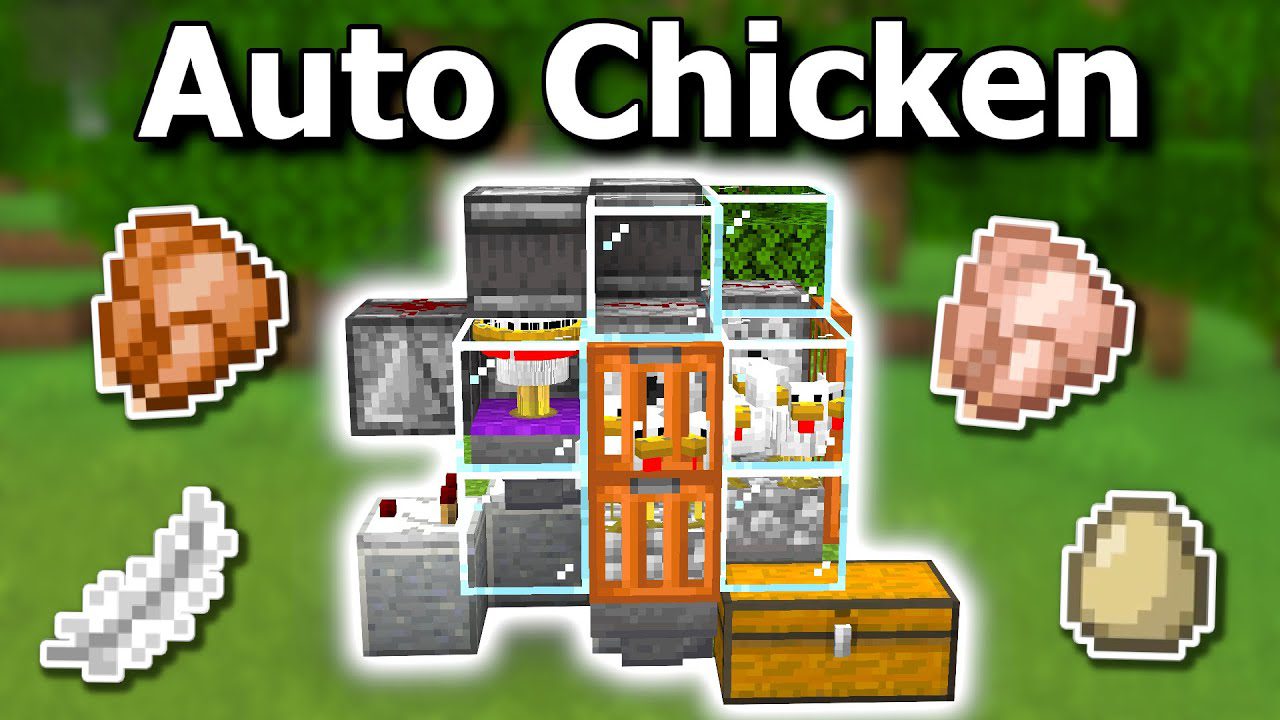
This incredibly cheap build is an absolute essential, automatically creating, killing, and cooking chickens for you. The chickens are trapped in a 1×1 space, with their eggs being collected. Once collected, a dispenser will fire these eggs, with a chance to hatch a baby chick.
A chicken has a 12.5 percent chance of spawning from the fired egg, and if it does, it will spawn on the slab and grow into an adult 20 minutes later. Once an adult, it will be tall enough to reach the lava and will be cooked instantly. The cooked chicken meat is collected into the hopper below, and conveniently placed in a chest. The more chickens in the glass, the better, so breed them regularly.
11. Egg Farm
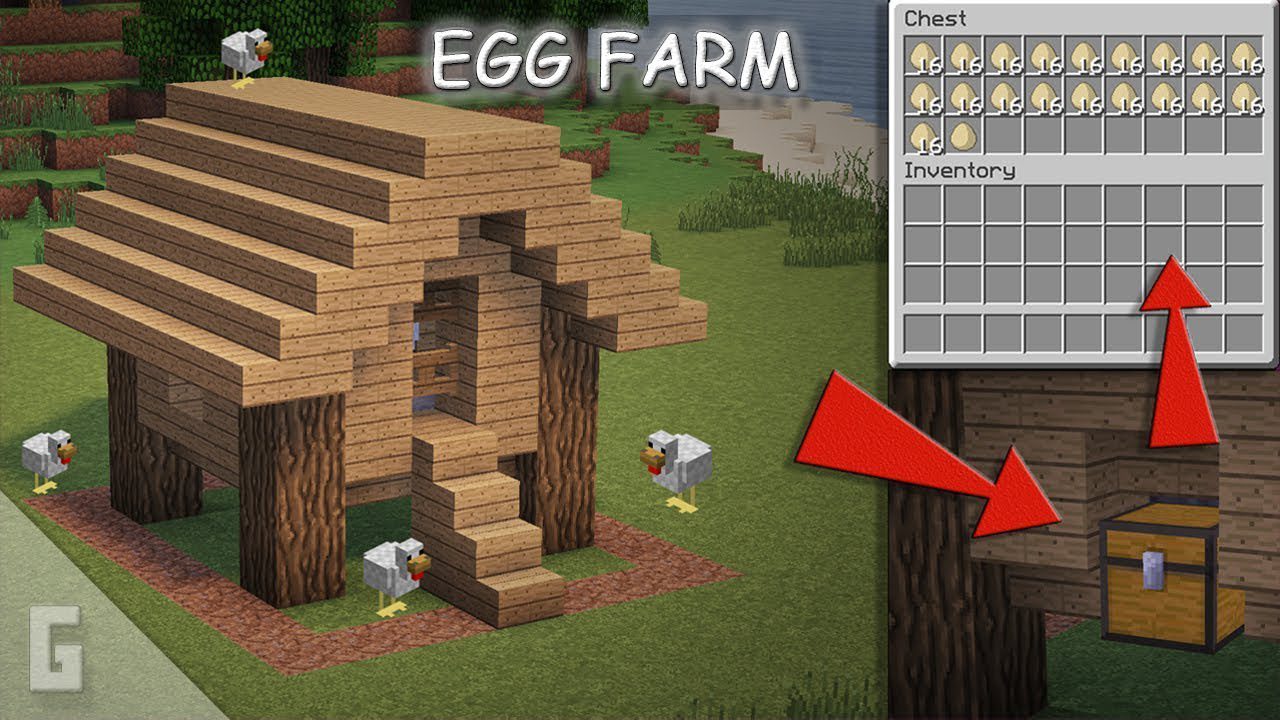
If your goal is to produce a large quantity of cake in Minecraft, this contraption can prove to be exceptionally handy. What sets this design apart is its simplicity—it requires no Redstone components. To set it up, you’ll need at least two chickens on top of a hopper, and you should enclose them to prevent them from escaping. You can also throw existing eggs at the hopper to spawn baby chicks.
After a short period, the chickens will start laying eggs, which will then funnel through the hopper and into a chest. This straightforward yet effective method of egg farming can yield you hundreds of eggs, ensuring you have a steady supply for your cake-making needs. Furthermore, you can expand this farm by adding more hoppers and chickens, allowing you to scale up your egg production as desired. It’s a practical and resourceful solution for cake enthusiasts in the game.
12. Sugar Cane Farm

For those seeking a simple yet efficient sugar cane farm in Minecraft, this design offers an elegantly straightforward solution. It automatically harvests sugar cane when it reaches a height of three blocks. The key to its operation lies beneath the sand upon which the sugar cane grows: a Hopper-Minecart positioned on a rail atop another hopper, which channels the collected items into a chest.
Hopper-Minecarts possess a unique property—they can pick up items dropped through blocks beneath them. This means that as the sugar cane grows and is harvested, it will fall onto the sand but then be sucked through it and into the chest below. You can further streamline this design by directing the sugar cane directly into flowing water, which then feeds into a hopper connected to a chest. Whether you opt for the Hopper-Minecart or flowing water approach, this uncomplicated setup provides a steady supply of sugar cane for all your crafting and culinary needs.

